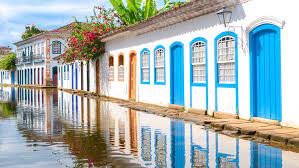
This long and imposing name was the name given to the region at the bottom of Ilha Grande Bay in 1667, when it was elevated to the status of a village.
There is a lot of history about Paraty. Happy to tell you. ; )
This city, now considered a Historical, Cultural and Natural Heritage by UNESCO, had an unquestionable importance in colonial period in Brazil.
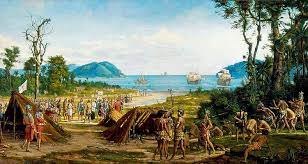
Around the 16th century, a small village was installed in the locality formerly known as Morro do Forte. The area where the Historic Center is stablished today was owned by Dona Maria Jácome de Mello, who donated it to the Goianas Indians of the region and determined that a church should be built there in honor of Nossa Senhora dos Remédios (saint of the city).
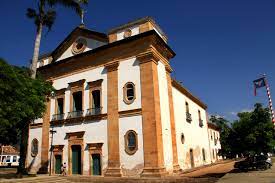
Initially this village belonged to the municipality of Angra dos Reis. From 1650, several separatist rebellions took place, until in 1667, the region was elevated to the status of Vila.
Paraty gained importance mainly due to its location at the bottom of Ilha Grande Bay. From there, a path started that extended to Minas Gerais: the so-called “gold path”. Ores extracted from mining towns “went down” the mountains to the sea, and from there they went to Portugal. Paraty became an important trading post. But the decline in gold production made the city, little by little, lose importance.
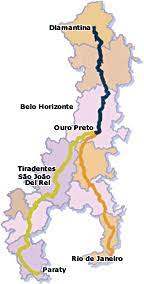
With the advent of sugarcane and coffee cultivation in the 18th and 19th centuries, the region grew again. The production of brandy brought the city a new period of prosperity. Around 1820, with a high production of sugarcane, Paraty housed 250 mills and 150 distilleries in full activity, even receiving the seal of Geographical Indication.
The Geographical Indication Seal (GI) refers to the location of origin and the special conditions for the manufacture of products, allowing consumers to be sure that they are purchasing a product distinguished by the quality of its origin, in addition to valuing the local culture and promoting tourist activities. (INDE – National Spatial Data Infrastructure)
Annually, the Municipal Government celebrates, in great celebration, the culture of “pinga” at the “Festival da Cachaça, Cultura e Sabores de Paraty”, which will take place this year between the 18th and 21st of August.
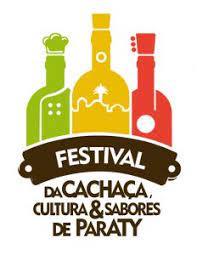
ALEA Real State wishes its customers a great party!


